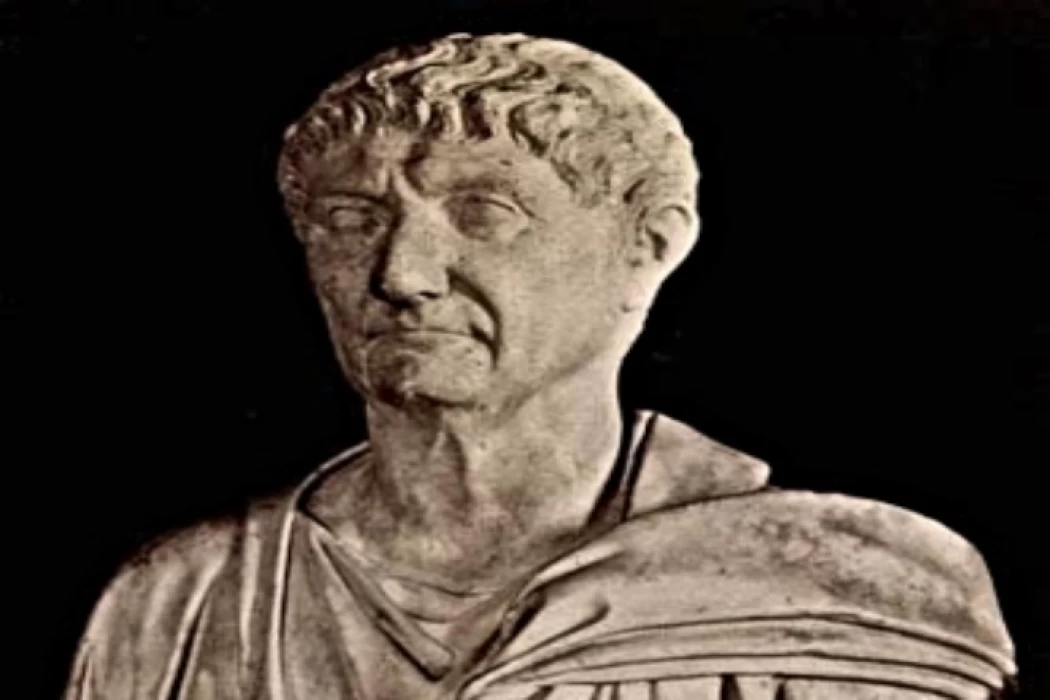
Roman Emperor Diocletian | Biography
Diocletian Biography
Emperor Diocletian, or Diocletianus, is one of the most famous Roman emperors in the history of the Roman Empire, and he ruled the Roman Empire from November 20, 284 AD until May 1, 305 AD. This emperor was known by many names, including “Diocles” - the name “Diocletianus” was chosen after he ascended the throne and took for himself a crown (a wide band studded with pearls), robes of silk and gold, and shoes studded with precious stones.
Diocletianus in Croatia and the Baths of Diocletianus in Rome were named after him, posthumously, to honor his memory. Since Diocletian ascended the throne of Rome, he preferred to stay out of the public eye, sitting in seclusion in his palace, and even his visitors had to pass between two rows of eunuchs, veils, and palace secretaries with titles and ranks, and kneel and kiss the edges of his clothes.
Diocletian was born in 245 AD, in the city of Salona, Dalmatia, in the Illyrian region on the Adriatic Sea in western Croatia, his parents were poor, and he worked in the stables of the empire as a horse groom. At the beginning of his service in the ranks of the Roman armies, Diocletian joined the cavalry, reached the rank of duke in the state of Mysia, then became the commander of the Imperial Guard Special Forces, one of the dangerous jobs, and his military competence was demonstrated in the Persian War.
How did Diocletian become emperor
After the death of Emperor Nurianus (283-284 AD), the Senate of Rome recognized Diocletian as the most worthy person to the throne of the Roman Empire, and Diocletian began ruling jointly with Maximian from 284 AD, and their rule continued jointly until Diocletian was removed from power completely in 305 AD.
Diocletian's actions toward the Roman Empire
The era of Emperor Diocletian was a turning point in ancient history from the Roman Empire to the Byzantine era. When he ascended the throne of the Roman Empire in 284 AD, he tried to introduce some reforms by merging states and dividing others. Maximianus was Diocletian's partner in ruling the West.
Diocletian was eager to maintain a policy of religious tolerance with Christians for the majority of his reign, but towards the end of his reign, his policy shifted against them. As a result, he issued four decrees between 302 and 305 AD that called for the persecution of Christians. The persecution included the burning of Bibles and other religious texts, the destruction of churches, the death of over a thousand Christians, the prohibition of prayers and religious rites, the execution of all Christian clergy, and the seizure of church property. King Constantine put an end to this persecution, which was known as the Age of Martyrs.
In March 303 AD, he issued two successive edicts imprisoning and torturing church leaders with the intention of forcing them to leave the faith. During the reign of Emperor Diocletian, the Copts in Egypt were so severely persecuted that they took the year 284 AD, the date of Diocletian's accession, as the beginning of the Coptic calendar.
On May 1, 305 AD, Diocletian abdicated the throne to his co-ruler - Emperor Maximian - two years after issuing his first order - who in turn severely persecuted the Christian Church throughout the Roman Empire. Hence, he was deposed, and Maximian ruled the empire alone. Emperor Diocletian was said to have converted to Christianity before his death, after declaring his faith in Christianity, being baptized and becoming a Christian.
How did Diocletian die
Peaceful transition of power on May 1, 305 AD, both Diocletianus and Maximian retired from active politics exactly two years after ordering such a decision for the first time. Whilst one’s father Diocletian was in control, Constantine was raised and escaped to the territory of Britain, where he took the title of emperor of Gallic territories in Spain and Britain within the year 306 AD, after his father.
He made his way over the Alps and vanquished the usurper named Maxentius who was the son of Maximianus, the co-emperor with Diocletian who ruled the western part of the Empire, at the Milvian Bridge one mile outside of Rome, and in October 312 AD, he drowned Maxentius and his troops in the Tiber River.














